If you’ve ever wondered about the difference is between “chopped”, “diced”, “minced” and other cuts in a recipe, you aren’t alone. Knife cuts can be so confusing that we’ve compiled a visual guide to some of the most common.
Run a search for “knife cuts”, and you’ll find lots of tutorials on fancy French knife techniques, with terms like “tourné” and “parmentier” thrown around. But those terms are pretty much useless for everyday home cooking. Here are the basic cuts and shapes you’re more likely to see in cookbook, online and magazine recipes.
Large Dice
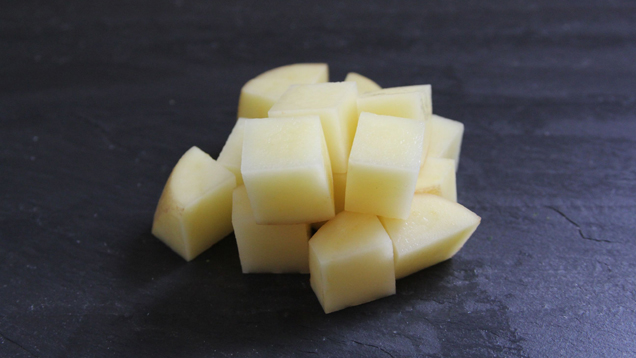
A large dice typically refers to a vegetable or item cut into 2cm squares. This is also the cut I use when a recipe calls for something large to be chopped, such as potatoes. You might see this cut used for everything from onions to watermelon.
Medium Dice
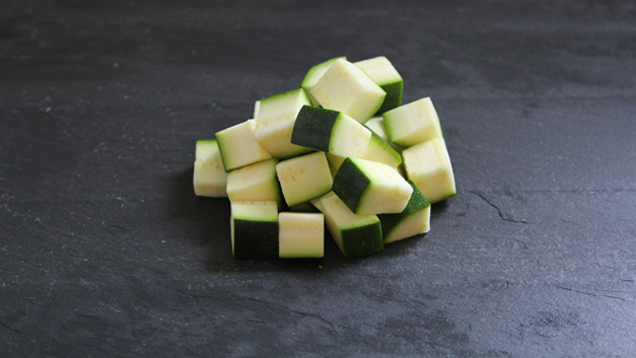
A medium dice calls for cutting ingredients into squares with 1cm sides. If a recipe specifies a dice without elaborating as to whether they should be small, medium or large, the medium dice is what I’ll aim for. A lot of recipes call for diced tomatoes, although beets, capsicums and cucumbers aren’t uncommon.
Small Dice
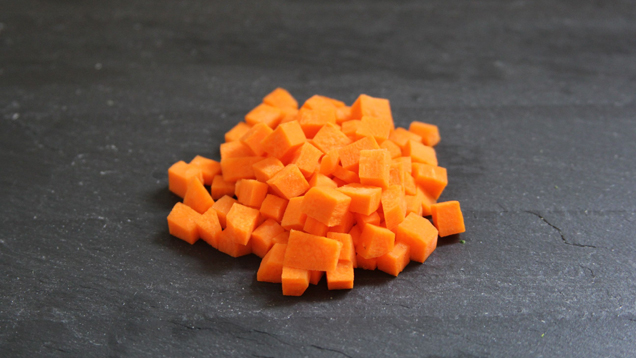
A small dice usually refers to an ingredient cut into 6mm cubes. If you see, let’s say, “1 cup celery, diced small” in the ingredient list, this is the cut to aim for. A lot of recipes start with a base of sautéed celery, carrots, onions or capsicums diced small.
Brunoise
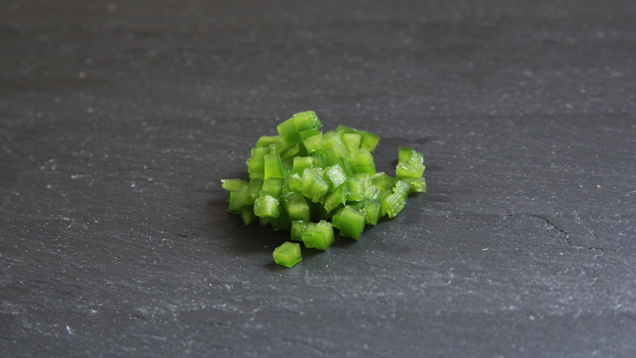
This is one of the few fancy French terms that you’ll see hear chefs and experts use when they talk about cuts. Even smaller than a small dice, a brunoise (pronounced “brew-NWAHZ”) is a square cut with sides that are approximately 3mm in length. Although less common than the rest of the cuts, the brunoise is often used as the garnish for an item, especially a soup like a consommé.
Julienne
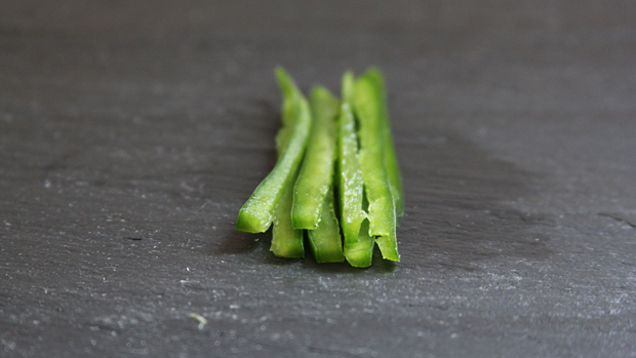
The starting point for the brunoise cut comes out of something fancy-sounding called the julienne, which is really just a cut of long matchsticks that have a thickness of approximately 3mm. You might see a julienne cut atop a recipe like Chinese-style steamed fish or a papaya salad.
Chiffonade
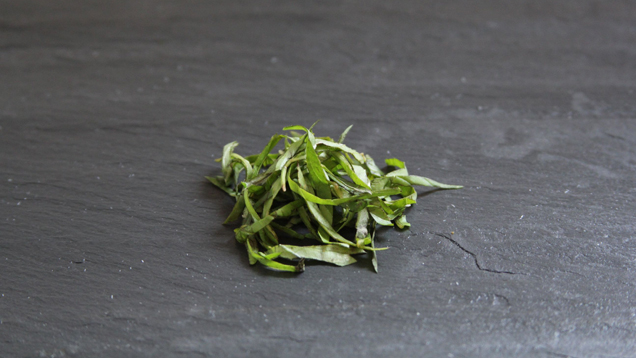
A chiffonade is similar cut that’s applied to vegetable leaves. Simply stack the leaves, roll them tightly, and slice the leaves perpendicular to the roll, creating thin strips. The most frequently chiffonaded vegetable is basil; it’s used as a garnish for a number of tomato and basil combinations, from salads to pastas.
Mince
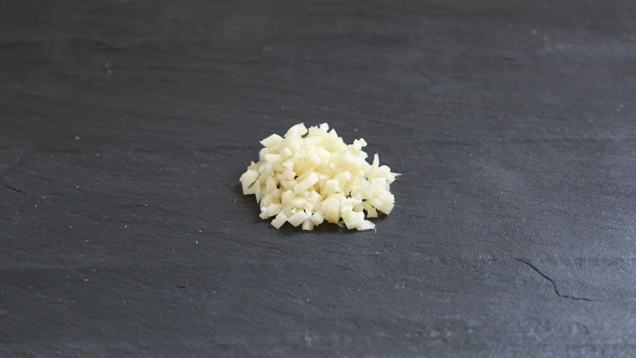
Smaller than a brunoise is a mince. If a brunoise is 3mm, then a mince is approximately half that size, closer to 1mm. But because it’s so fine, it also tends to be less precise. Garlic is the most commonly minced ingredient.
Keep in mind that the smaller the knife cut for a pungent ingredient (including garlic, shallot and onion), the more distributed it will become, and the stronger it will taste. So if you don’t want your marinara sauce to taste heavily of garlic, opt for a whole clove, slivers or even a dice, rather than a finer cut like a mince.
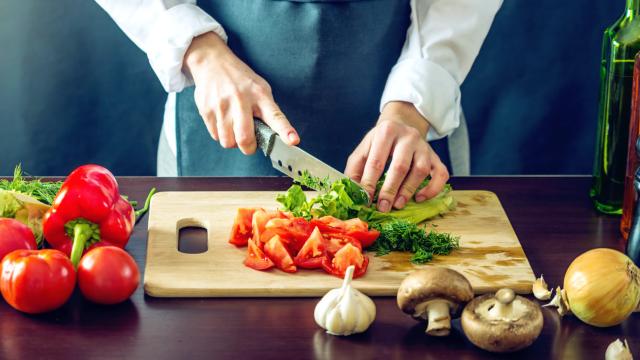
Comments